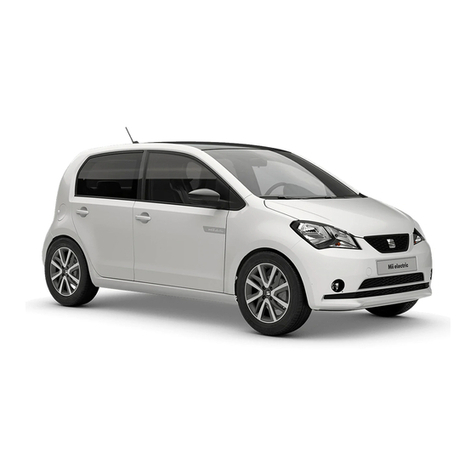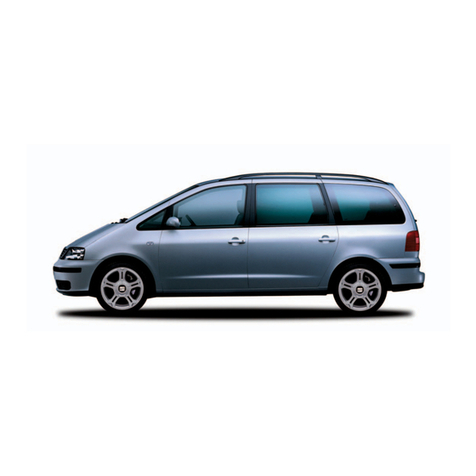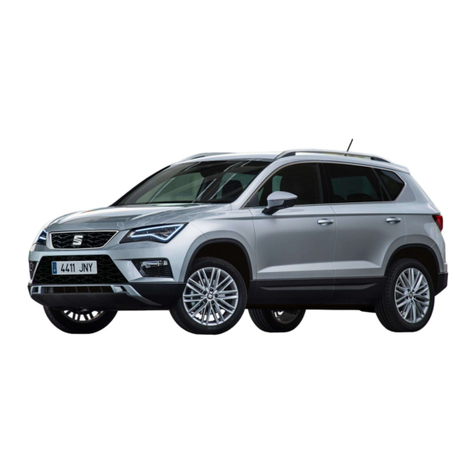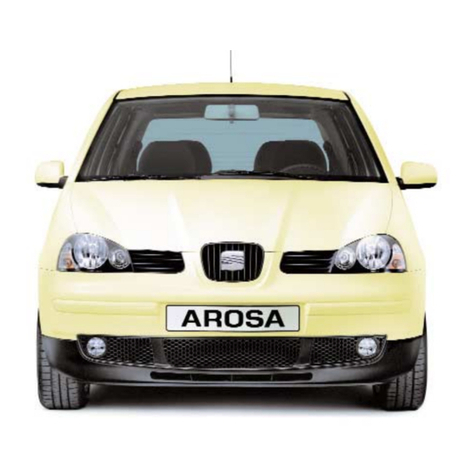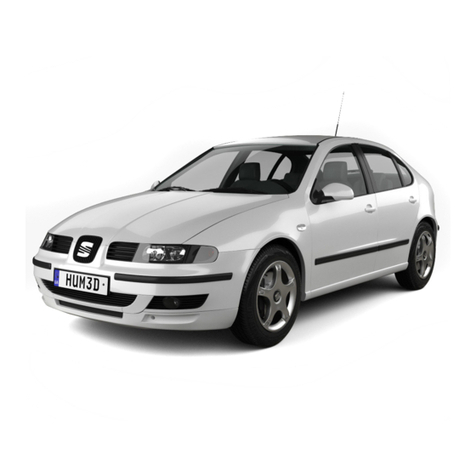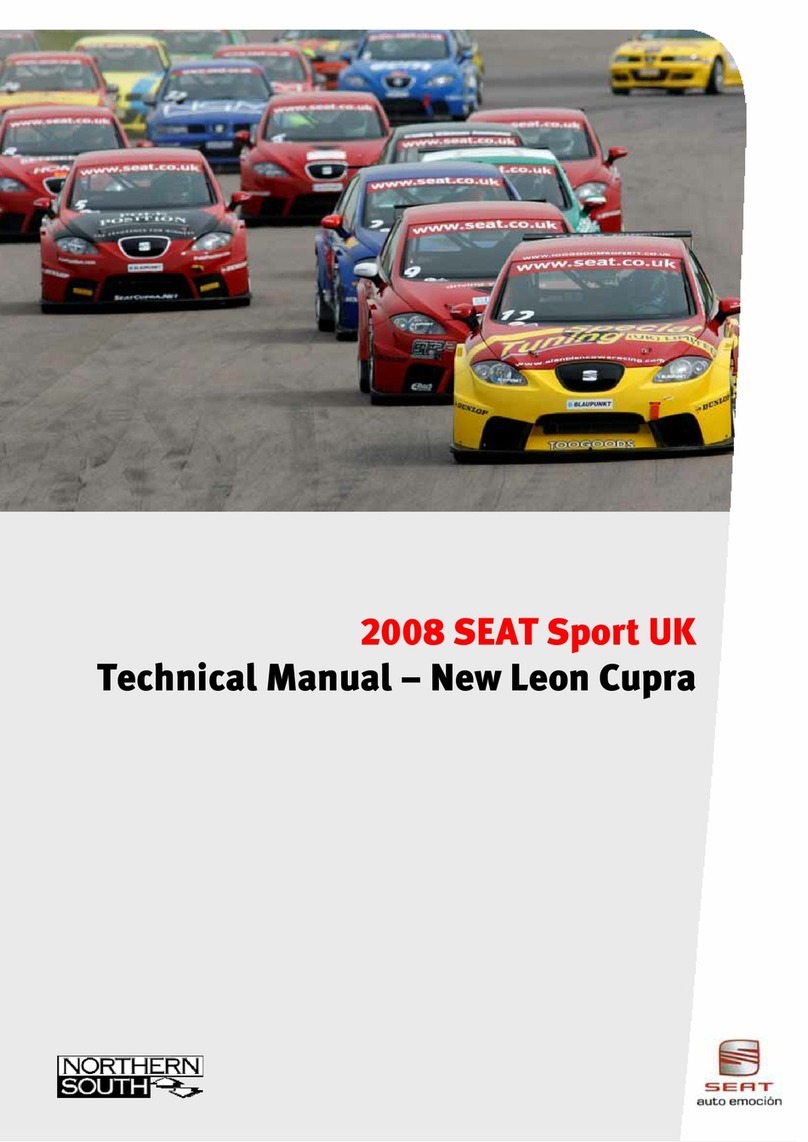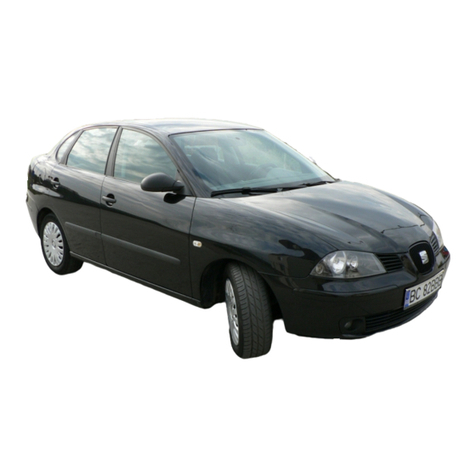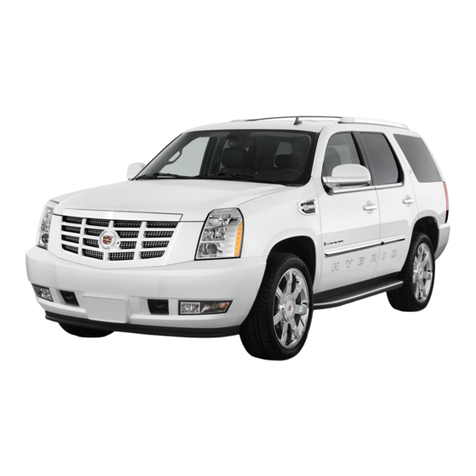
Range of equi ment
It describes the largest ossible range of
equi ment envisaged at the time of going
to ress. Some of the equi ment may not
be available until later or will only be
available in certain markets.
✱
Items of equi ment marked with
this symbol are only available
on certain model versions or are
only available as o tional extras on cer-
tain models or are only available in cer-
tain markets.
Environmental notes
❀
Texts following this symbol
and rinted in italics are im or-
tant notes on environmental
rotection.
Contents
On the next few ages you will find a con-
tents list which lists all of the oints
detailed in this Owner’s Manual in order.
Al habetical index
At the end of the manual you will find a
com rehensive al habetical index.
You can find desired information quickly
by looking for the key in the index.
Notes on direction
A art from exce tions, all notes on the
direction (left, right, front, rear) in this
manual always refer to the vehicle’s direc-
tion of travel.
Exce tion: ossible s ecific steering
descri tions.
Warning notes
All blocks of text in bold rint, with
this colour background and the
title “Warning” refer to otential
accident or injury risks.
Text in bold rint warns against os-
sible damage to the vehicle or notes
articularly im ortant information on
how to treat your vehicle correctly.
Official SEAT service
The SEAT Dealers, Worksho s and
Official Service Centres have the most
suitable s ecific tools and state-of-
the-art technology and s ecialised
staff to deal with and re air any rob-
lem or fault that may befall your SEAT
vehicle, guaranteeing re airs inside
or outside warranty, and using only
genuine s ares.
Do not hesitate to contact your Offi-
cial SEAT Service Centre for any ques-
tion that arises in the a lication or
inter retation of the o erations and
revisions referred to in this manual.
You should note these oints before reading this Owner’s Manual
2
––––––––––––––––––––––––––––––––––––––––––––––––––––––––––––––––––––––––––––– INTRODUCTION
STRUCTURE OF THIS MANUAL


